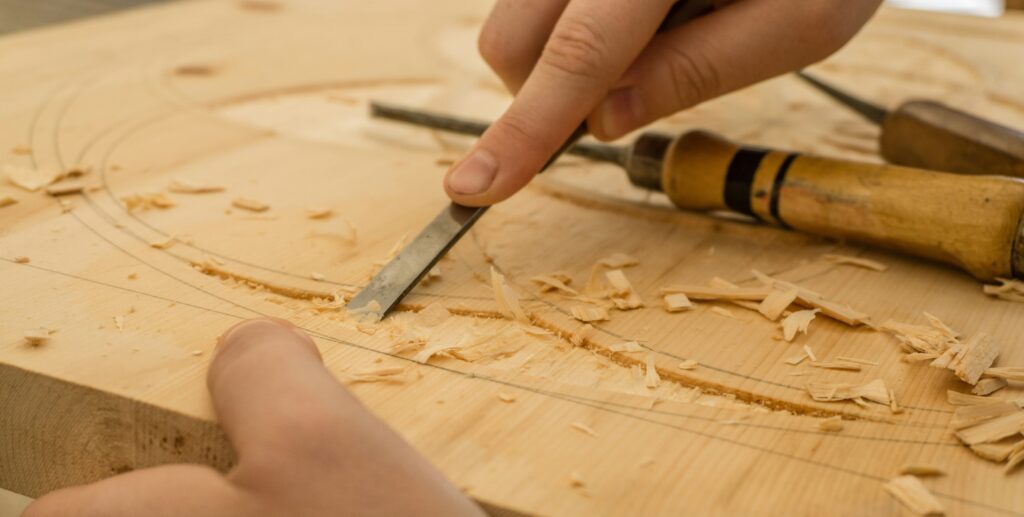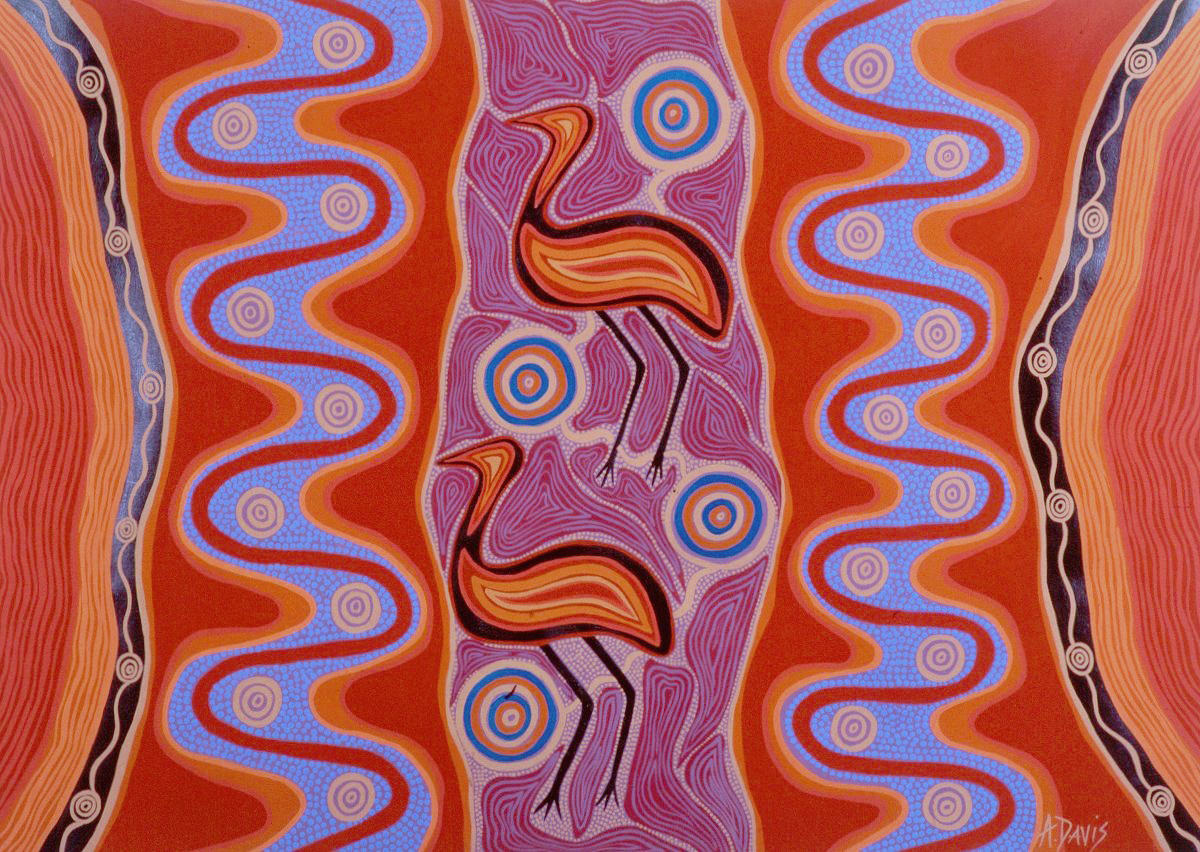Ken Martin: Protecting copyright in your Will


Ken Martin is a South Australian-based sculptor, producing one-off and limited edition pieces in bronze and wood. Ken is trying to organise his estate and approached Arts Law for advice about including moulds of his sculptures in his will. He wanted to know if the beneficiaries of his will can use the moulds to create new sculptures if there are numbers remaining to be cast. He was also concerned to learn about any other legal and IP-related issues that he should be aware of.
The copyright background is important for understanding how to deal with copyright in a will. The creator of a sculpture or mould owns the copyright in it, unless they assigned their copyright in writing or were employed to create the work, in which case the employer would own it. As the copyright owner, they have rights to reproduce their work, including making sculptures from the moulds. There is an exception for sculptures that are located permanently in public; copyright is not infringed by the making of a painting, drawing, engraving or photograph of the work without the creator’s permission.
Since copyright is like other property, it can be left in a will. The heir will become the new copyright owner and have the right to control copyright, including making copies and generating an income from the copyright. Ken asked if it is possible to leave the copyright to two people, for example if one mould was left to two beneficiaries. Arts Law advised it is possible to have joint copyright ownership but it does become harder because each owner's consent is needed to exercise the copyright.
Arts Law explained to Ken that there are some issues that he should consider in relation to the reproduction of his work by his beneficiaries. Firstly, the potential of misleading or deceptive conduct in trade and commerce as to the quality or source of the sculpture. For example, if his heirs misrepresent that the sculptures were made by Ken when they were actually not, especially if they apply Ken’s ‘signature’ to the piece. This is particularly relevant if certain skill is required after the casting process, such as further sculpting and polishing.
Arts Law suggested that in this case, his heirs should include a disclaimer that the sculpture was made using an original mould made by Ken Martin but completed by “X”. If they apply a signature, it should be clear to the consumer that it was not signed by Ken Martin. His heirs should get their own legal advice at the relevant time, about the appropriate wording to legally protect them. Ken could include a statement in his will requiring that the heirs include such a disclaimer, for example a tag on the sculpture, something that a consumer can clearly see when purchasing. Whilst this kind of statement in a will is not legally binding, Ken has still made it known to them what his wishes are.
The other thing to consider is the threat to Ken’s artistic reputation if the sculptures are not up to his standard. Arts Law advised Ken that he could stipulate in his will, his wish that his beneficiaries adhere to certain standards, for example a manual attached to the will. However, again, this would not be a legally binding document.




